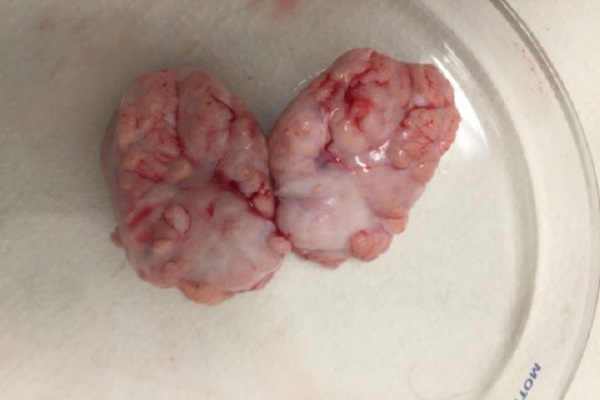Celprogen Introduces 3D Printed Human Brain Organelle Model System for Studying Neurological Disease That Can Be Utilized in Generating Novel Drugs
The 3D printed human brain organelle was generated with human adult brain stem cells. The 3D printed human brain organelle was printed with special bio matrix gel material CEP707 consisting of human brain stem cells, brain extracellular matrix and media.
The 3D printed human brain organelle was generated with human adult brain stem cells. The 3D printed human brain organelle was printed with special bio matrix gel material CEP707 consisting of human brain stem cells, brain extracellular matrix and media. The 3D printed human brain organelle is now routinely used for toxicology and drug discovery programs at Celprogen. This model system is also utilized for studying various kinds of brain cancers. This 3D printed brain model system is a very unique model system for testing how the drugs are able to transverse the blood brain barrier. (Photo: Business Wire)
a leader in the Stem Cell Research and Therapeutics industry for stem cell research since 2002, today announced that they have successfully finished printing 3D Brains from brain stem cells for studying neurological disease stages. The poster on this work will be presented at the Annual Neuroscience meeting in San Diego, Nov 3rd 2018. The 3D printed human brain was utilized for studying "The role of Microglia activation and deactivation in neurological diseases." Celprogen has been able to identify and characterize 11 lead compounds that are potential drug candidates for Alzheimer’s, Parkinson’s and Glioblastoma patients.
The present invention relates to 3D organ printing programs at Celprogen that identifies potential future use in transplant of major organ systems. At present, Celprogen is validating the 3D human printed heart, pancreas, liver, hair follicle and brain for toxicology and drug discovery research.





ارسال به دوستان